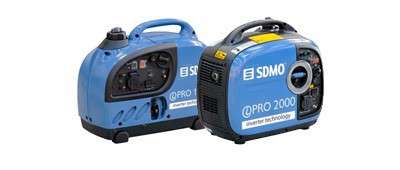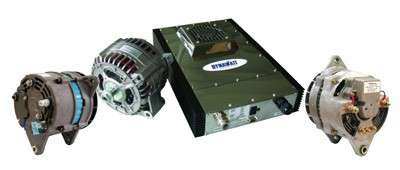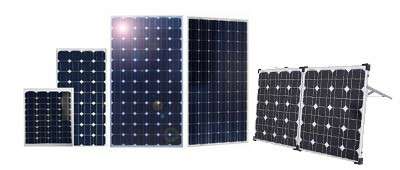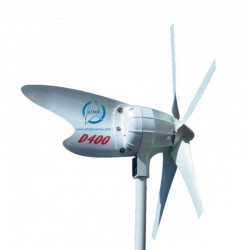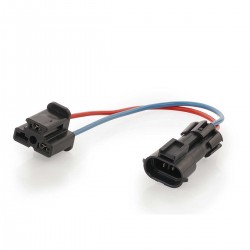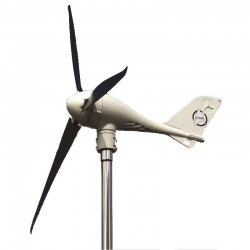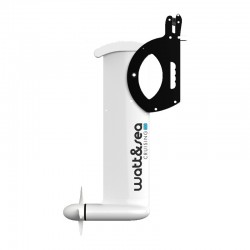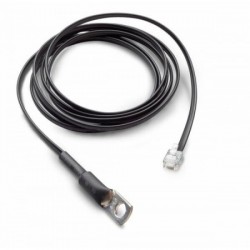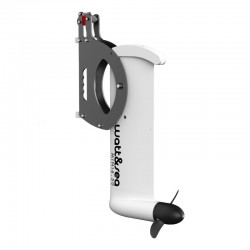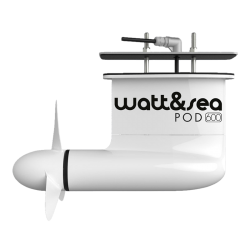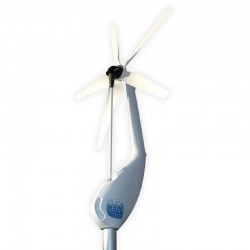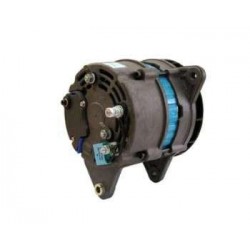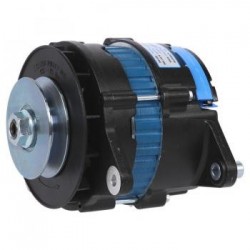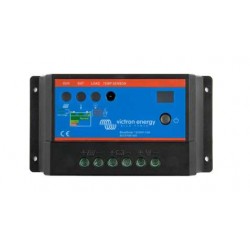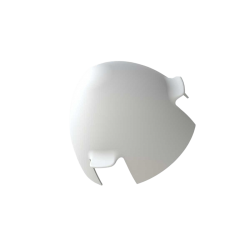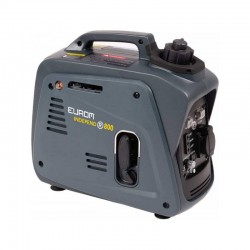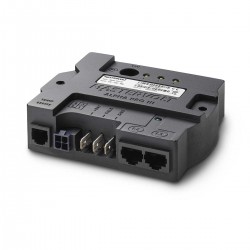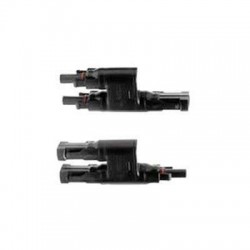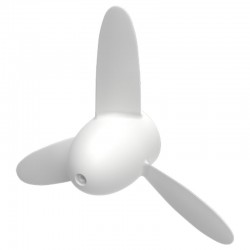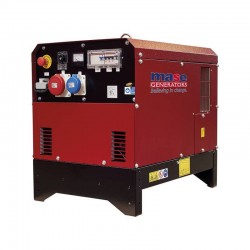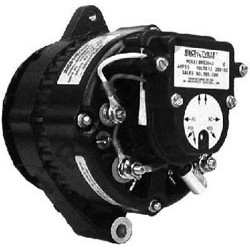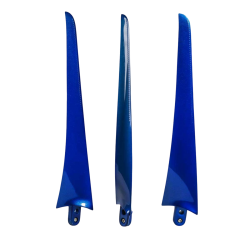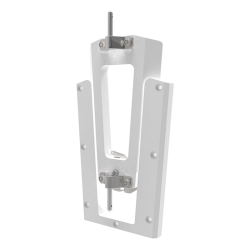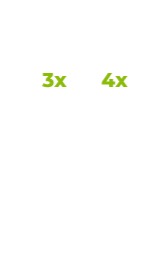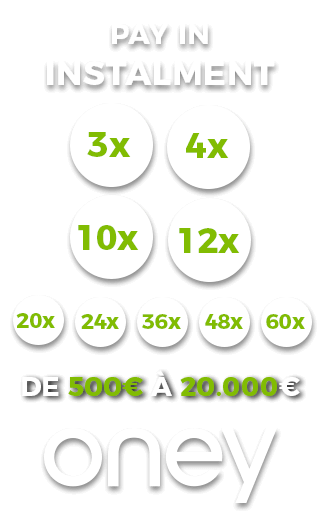Boat power generation
The production of energy on a boat is an important issue for navigation and the operation of the various systems on board. To produce your own electricity, 3 energy sources are available: water, wind and sun. The most common means of generating energy on board are wind turbines (Silentwind or ATMB), solar panels and hydrogenerators(Watt & Sea). This electricity can then be used to power the boat's various systems and electrical installations, such as lights, navigation lights and electronic devices. These energy sources require electrical installations consisting of cable sections, batteries and switchboards.
Hydrogenerator - CRUISING 300
- -€118.10
Hydrogenerator - CRUISING 600
- -€152.10
Hydrogenerator 300W Mini 6.50
- -€103.10
POD 600 flow-through hydro generator
- -€187.10
600W Racing hydro generator
- -€321.10
Alpha Pro III 12 & 24V controller - compatible Mastervolt & Bosch
- -€41.42
Kit 3 SPB rotating blades
- -€9.10
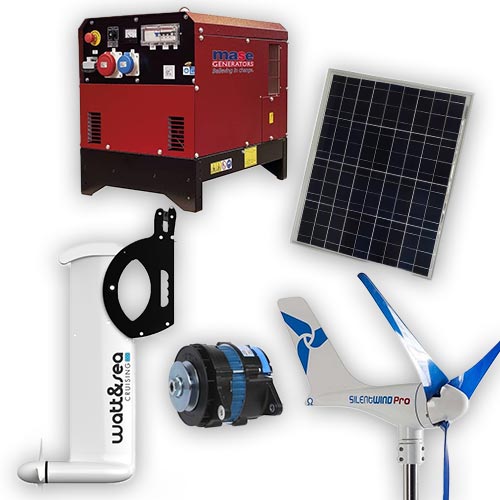 |
MARINE POWER GENERATIONAs the batteries on board our boats have limited autonomy, it is essential to be able to generate electricity on board, so that you never run out of power for your instrumentation and navigation equipment. It's not just a question of comfort, but above all, safety. Compass, VHF, GPS, autopilot and all essential navigation equipment are powered by electricity. To prevent this power supply from running out, we offer you a range of energy-generating sources and accessories in these sections. Here you'll find the alternative to your boat's engine to supply it with electricity: wind turbine, hydrogenerator, generator and solar panel, but also a section devoted to the alternator. You'll be able to use the wind, the flow of water or the sun to recharge your battery and produce your own electricity on board. |
ENERGY GENERATORSThere are several alternatives forpowering and recharging batteries without running the engine, some of which use only natural elements to generate power. But between wind turbines, hydrogenerators and solar panels, which is the best solution for your needs?
As you can see, it's safer to install several power generation systems on board, some producing electricity at anchor and others while underway. |
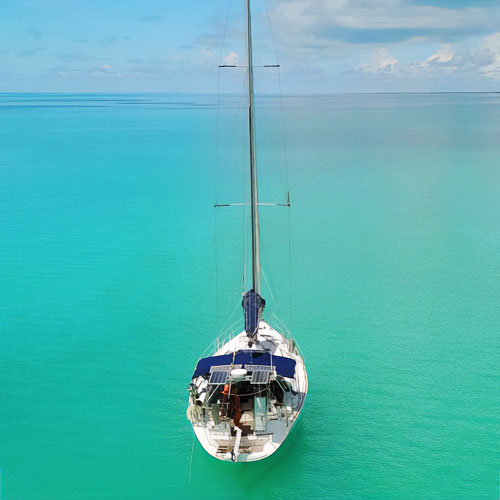 |
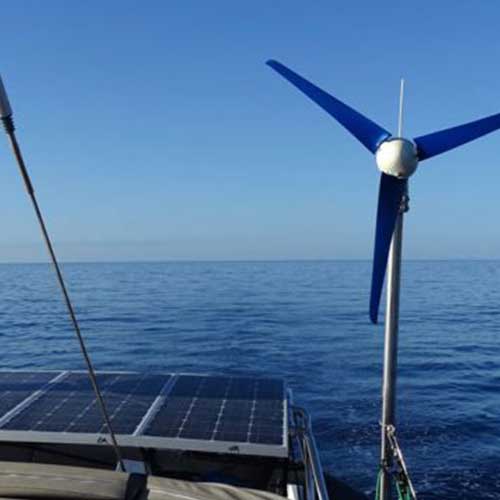 |
How on-board power generation worksWind power is generated using wind turbines installed on the boat. These turbines are capable of capturing the wind's energy and converting it into electricity via a generator. This electricity can then be used to power the boat's various systems, such as lights, electronics and engines. Solar energy, on the other hand, is produced using solar panels installed on the boat. These panels are capable of capturing the sun's energy and converting it into electricity using photovoltaic cells. This electricity can also be used to power electrical systems, recharge batteries, etc. Finally, thehydro generator produces electricity using thekinetic energy of water. This is a device installed in a propeller at the stern of the boat, capable of converting the energy produced by the movement of water into electricity. By using these three means to generate energy on board, boats can operate in a sustainable, environmentally-friendly way. This reduces dependence on fossil fuels and helps protect the ocean and the species that live there. Our advisors are available to answer any technical questions you may have, or to answer questions about stock, prices, delivery times or payment methods. Feel free to contact them by e-mail, telephone or via social networks. |



